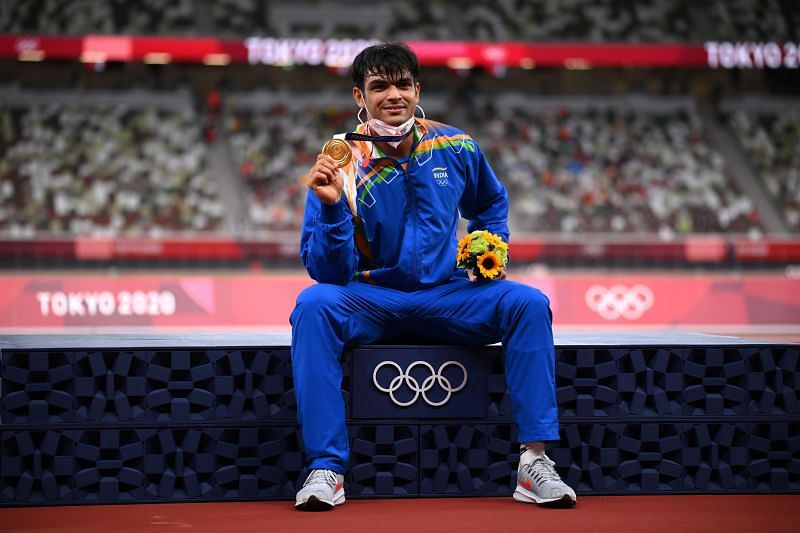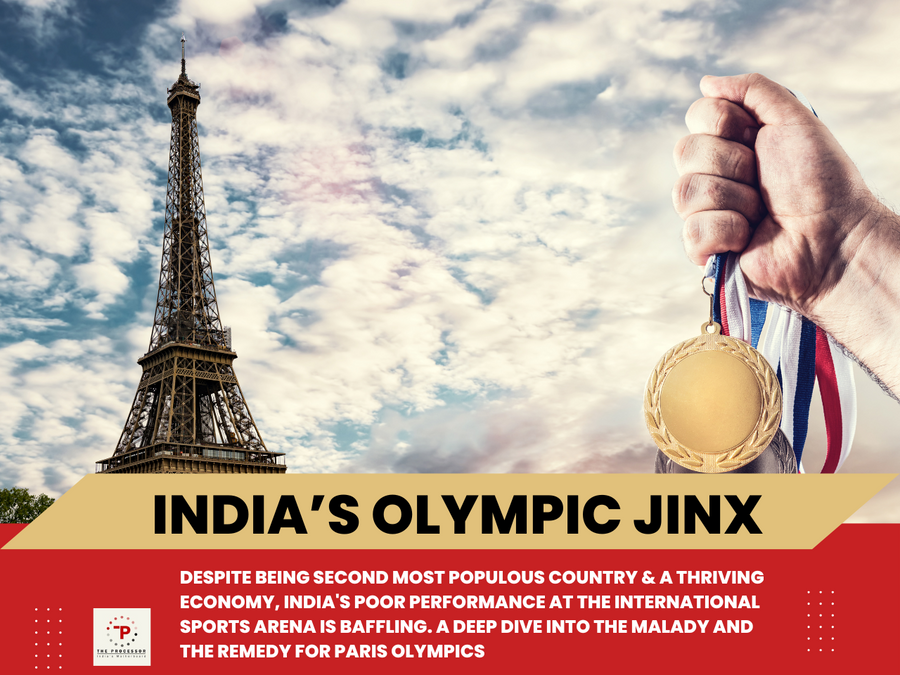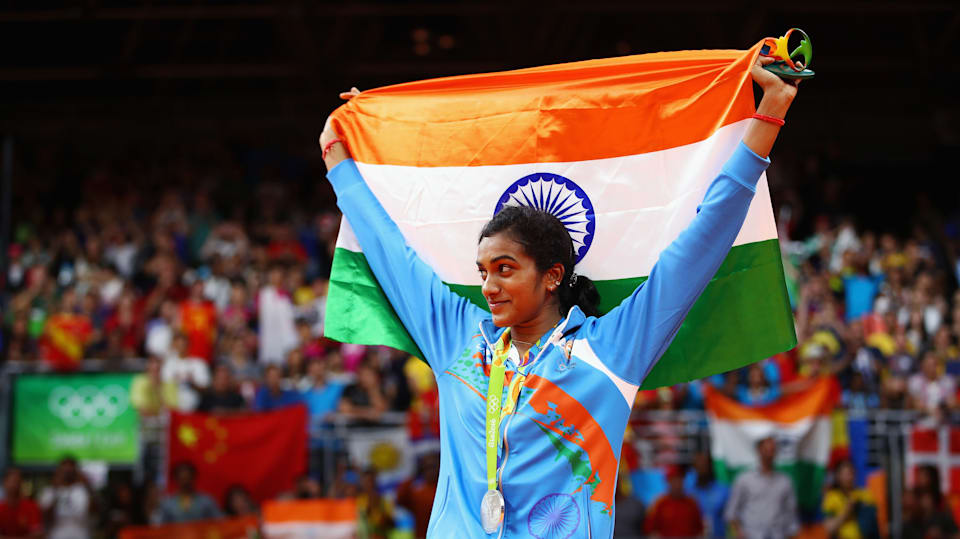Historical Performance and Evolution: India At The Olympics Medals

India’s journey at the Olympics has been a fascinating mix of triumphs, struggles, and gradual progress. While the nation has not yet reached the pinnacle of Olympic success, its story reflects the evolving sporting landscape and the nation’s aspirations on the global stage.
Historical Medal Count, India at the olympics medals
India’s Olympic medal count has seen a gradual increase over the years, reflecting the nation’s growing participation and the development of its sporting infrastructure.
- India’s first Olympic medal came in 1900 when Norman Pritchard won two silver medals in athletics. However, it was a long wait for the next medal, which came in 1928 when Dhyan Chand led the Indian hockey team to a gold medal.
- India dominated hockey in the Olympics, winning six consecutive gold medals from 1928 to 1956, establishing its position as a global powerhouse in the sport.
- After the hockey era, India’s medal count remained relatively modest, with sporadic successes in boxing, wrestling, and shooting.
- The 21st century has seen a renewed focus on Olympic sports, with India achieving significant milestones, including the first individual gold medal in athletics by Abhinav Bindra in 2008.
- In recent years, India has witnessed a surge in medal wins across various disciplines, showcasing the potential of its athletes and the increasing recognition of the Olympic movement within the country.
Performance Across Games
India’s performance at the Olympics has been marked by periods of both notable improvement and decline.
- The 1950s and 1960s witnessed India’s golden era in hockey, with consistent gold medal wins. This period marked India’s dominance in the sport and solidified its position as a sporting powerhouse.
- The 1970s and 1980s saw a decline in India’s hockey performance, leading to a period of relative underachievement.
- The 1990s and early 2000s were marked by sporadic success in individual sports, with athletes like Leander Paes and Karnam Malleswari making their mark on the global stage.
- The late 2000s and 2010s witnessed a resurgence in Indian athletics, with the likes of Abhinav Bindra and Saina Nehwal bringing home medals.
- The recent Tokyo Olympics in 2020 saw a record number of medals for India, signifying a significant shift in the nation’s sporting landscape.
Evolution of Participation
India’s participation in the Olympics has undergone a significant transformation over the years.
- Initially, India’s participation was primarily focused on hockey, with a limited number of athletes representing the country.
- Over time, India’s participation has expanded to include a wider range of sports, reflecting the country’s sporting development and the growing recognition of Olympic sports.
- The number of athletes representing India at the Olympics has also increased significantly, demonstrating the country’s commitment to fostering a sporting culture and nurturing its athletic talent.
- The evolution of India’s participation in the Olympics reflects the nation’s journey towards becoming a more prominent force in global sports.
Key Sports and Athletes
India’s Olympic journey has been marked by both triumphs and struggles, with certain sports consistently delivering medals and producing iconic athletes. This section delves into the key sports and athletes who have shaped India’s Olympic narrative.
Most Successful Sports
India’s Olympic medal haul has been predominantly driven by a handful of sports, each with its unique history and contribution.
- Hockey: India’s most decorated sport at the Olympics, with a total of 11 medals (8 gold, 1 silver, 2 bronze). The golden era of Indian hockey spanned from 1928 to 1980, with six consecutive gold medals. The legendary Dhyan Chand, widely considered the greatest hockey player of all time, led India to three Olympic gold medals.
- Wrestling: A relatively recent addition to India’s medal-winning sports, wrestling has emerged as a powerhouse, securing 10 medals (3 gold, 4 silver, 3 bronze) since 2008. Notable wrestlers like Sushil Kumar, Bajrang Punia, and Vinesh Phogat have consistently brought glory to the nation.
- Shooting: A sport that has consistently delivered medals for India, with a total of 9 medals (1 gold, 2 silver, 6 bronze). Abhinav Bindra’s historic gold medal in the 10m air rifle in 2008 marked a significant moment for Indian shooting.
- Boxing: A sport with a growing presence at the Olympics, boxing has contributed 3 medals (1 bronze, 2 silver) to India’s tally. Vijender Singh’s bronze medal in 2008 and Mary Kom’s two bronze medals in 2012 and 2020 stand out as significant achievements.
- Badminton: A sport that has seen a recent surge in popularity, badminton has contributed 2 medals (1 bronze, 1 silver) to India’s Olympic medal count. The legendary Prakash Padukone’s bronze medal in 1980 remains a landmark achievement.
Notable Athletes
These athletes have etched their names in the annals of Indian Olympic history, their contributions transcending mere medal counts:
- Dhyan Chand: The “Wizard of Hockey,” Dhyan Chand is considered one of the greatest hockey players of all time. He led India to three Olympic gold medals (1928, 1932, 1936) and is revered for his exceptional skills and sportsmanship.
- Milkha Singh: Known as the “Flying Sikh,” Milkha Singh is an iconic athlete who won a gold medal at the 1958 Commonwealth Games and a fourth-place finish in the 400m race at the 1960 Rome Olympics. His story of resilience and determination continues to inspire generations.
- P.T. Usha: India’s “Queen of Track and Field,” P.T. Usha is a legendary athlete who narrowly missed out on a medal in the 400m hurdles at the 1984 Los Angeles Olympics. She holds the record for the fastest time in the 400m hurdles by an Indian woman.
- Abhinav Bindra: The first Indian to win an individual Olympic gold medal, Abhinav Bindra’s victory in the 10m air rifle at the 2008 Beijing Olympics marked a historic moment for Indian shooting.
- Sushil Kumar: A two-time Olympic medalist in wrestling, Sushil Kumar has won a silver medal in the 2008 Beijing Olympics and a bronze medal in the 2012 London Olympics. He is considered one of India’s most decorated wrestlers.
- Mary Kom: Known as the “Magnificent Mary,” Mary Kom is a six-time world champion in boxing and a two-time Olympic bronze medalist (2012, 2020). She is an inspiration for women across the globe.
- Bajrang Punia: A prominent wrestler, Bajrang Punia has won a bronze medal at the 2020 Tokyo Olympics. He is a multiple world champion and is considered one of the best wrestlers in the world.
- Vinesh Phogat: A trailblazing wrestler, Vinesh Phogat has won a bronze medal at the 2019 World Wrestling Championships and is a two-time Commonwealth Games gold medalist.
Strengths and Weaknesses
India’s Olympic performance is a reflection of its strengths and weaknesses across various sports:
- Strengths:
- Talent pool: India boasts a vast pool of talented athletes across various disciplines.
- Dedicated coaches: India has a growing number of dedicated coaches who are committed to developing athletes’ potential.
- Government support: The Indian government has been increasing its investment in sports infrastructure and athlete development programs.
- Weaknesses:
- Lack of scientific training: The lack of access to advanced scientific training and facilities hinders the development of athletes’ peak performance.
- Limited exposure to international competition: Indian athletes often lack adequate exposure to international competitions, which limits their ability to compete at the highest level.
- Inadequate infrastructure: The availability of world-class training facilities and infrastructure remains a significant challenge in many parts of India.
Challenges and Opportunities

India’s journey towards Olympic glory is a captivating tale of ambition and potential. While the nation has tasted success in certain disciplines, the path to consistent and widespread achievement remains paved with challenges. These hurdles, however, also present opportunities for growth and transformation, paving the way for a future where India stands tall on the Olympic podium.
Infrastructure and Training Facilities
The availability of world-class infrastructure and training facilities is paramount for athletes to reach their peak performance. India, despite its vast population and sporting talent, faces significant infrastructural challenges. Limited access to quality training grounds, sports science expertise, and specialized equipment often hinders the development of athletes, particularly in rural areas.
- The lack of standardized training facilities, especially in smaller towns and villages, restricts access to professional coaching and scientific training methods.
- The absence of specialized training centers for specific sports, such as high-altitude training camps for endurance athletes, limits the ability to optimize training regimes.
- Inadequate investment in sports science and technology, such as biomechanics analysis and performance monitoring, hampers the scientific approach to athlete development.
Athlete Development and Talent Identification
Identifying and nurturing raw talent is crucial for building a strong Olympic team. India’s vast population presents a rich pool of potential athletes, but the system for talent identification and development requires significant improvement.
- The lack of a comprehensive and systematic talent identification program across various sports hinders the early discovery and nurturing of promising athletes.
- The absence of a robust sports education system, integrating physical education and sports training into the school curriculum, limits the development of athletic skills and values from a young age.
- Limited access to professional coaching and mentorship, particularly in rural areas, restricts the growth and development of young athletes.
Government Policies and Private Sector Investment
The role of government policies and private sector investment in fostering Olympic sports is undeniable. India has made strides in promoting sports through various initiatives, but there is still room for improvement in terms of policy effectiveness and private sector engagement.
- The need for consistent and long-term government policies that support the development of Olympic sports, including infrastructure development, talent identification, and athlete welfare, is crucial.
- Encouraging private sector investment in sports through tax incentives, sponsorship opportunities, and the establishment of sports academies can provide vital resources for athlete development.
- Promoting a culture of sports within society, through media coverage, public awareness campaigns, and grassroots initiatives, can inspire a new generation of athletes.
India at the olympics medals – India’s journey at the Olympics has been a rollercoaster of emotions, from the thrill of victories to the sting of near misses. It’s a story of dedication, resilience, and the unwavering spirit of a nation. But amidst the sporting spectacle, there’s a different kind of drama unfolding in the lives of celebrities like grace nickels dominic fike , reminding us that even amidst the grandeur of international sporting events, there are personal stories that capture our attention.
And just like India’s athletes, these individuals strive for their own kind of victory, leaving their mark on the world in their own unique way.
India’s Olympic medal count has been steadily climbing, showcasing the nation’s growing sporting prowess. While athletes train tirelessly, they often find solace and support in a comfortable workspace, like a wooden swivel office chair that provides ergonomic support during long hours of strategizing and planning.
The dedication of athletes and the right tools, both physical and mental, are key to achieving success on the global stage.

